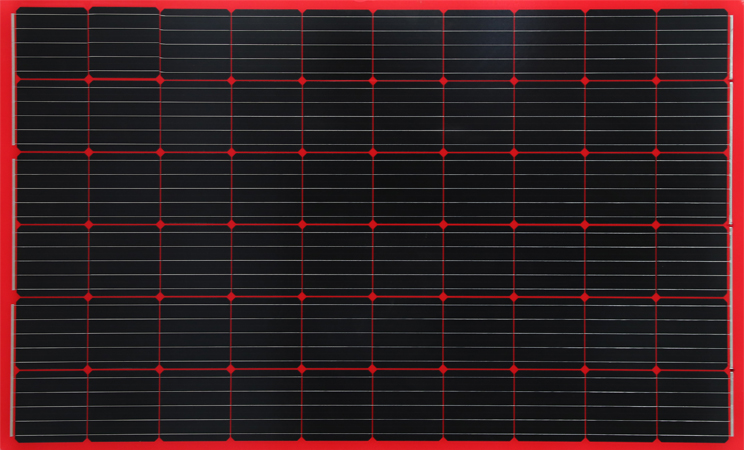PVB Film is an interlayer film primarily used in laminated safety glass and other architectural glazing. The interlayer is bonded to two panes of glass under high temperature and pressure using an autoclave. The result is a strong, rigid and durable glass. The glass is resistant to impact, penetration and burglary, and is able to withstand thermal shocks. Laminated glass with PVB interlayer also provides superior sound-insulation, allowing people to enjoy quiet and comfortable office environments. In addition, it protects valuable furniture and exhibiting artworks from damage caused by UV rays.
The market for polyvinyl butrayl (PVB) films for automobiles has been witnessing growth in recent years owing to its significant usage in production of car windshields, rear & front view mirrors and windows & dashboard displays. Moreover, increasing government support for the automotive industry is anticipated to boost growth of the PVB films for automobile market during the forecast period.
It delivers improved clarity, enhanced optical quality, and a significantly lower haze index as compared to standard PVB films, making it ideal for glazing projects such as balustrades, glass facades and sloped and overhead glazing. PVB is a thermoplastic resin manufactured by reacting polyvinyl alcohol with butyraldehyde. The resin has a wide range of uses, such as in laminated safety glass, paints and coatings, and adhesives. The resin can be molded into a variety of shapes and sizes for various applications, including the production of automobile windshields. It has many unique properties, such as flexibility, strength, toughness and optical clarity.
The PVB Film for automobiles is available in a variety of thicknesses and can be customized as per the client’s requirements. It is usually cased into an aluminum foil bag, vacuum sealed and put into a plywood box or fiber can. The packaging ensures that the PVB film is protected from any potential damage or contamination, and can be shipped safely to the customer. Besides, the film is also available with a wide range of surface treatments to enhance its appearance and performance. These include anti-reflective, etching and color-coating options. Some of these coatings are also designed to prevent scratches and corrosion on the surface. Moreover, the PVB Film for automobiles is offered with UV protection that protects the interior of the vehicle from the harmful effects of the sun. This reduces the fading of fabrics and furniture, as well as stains on floor mats, dashboard and console. It is also abrasion and impact resistant, which helps to extend the life of the vehicle.









